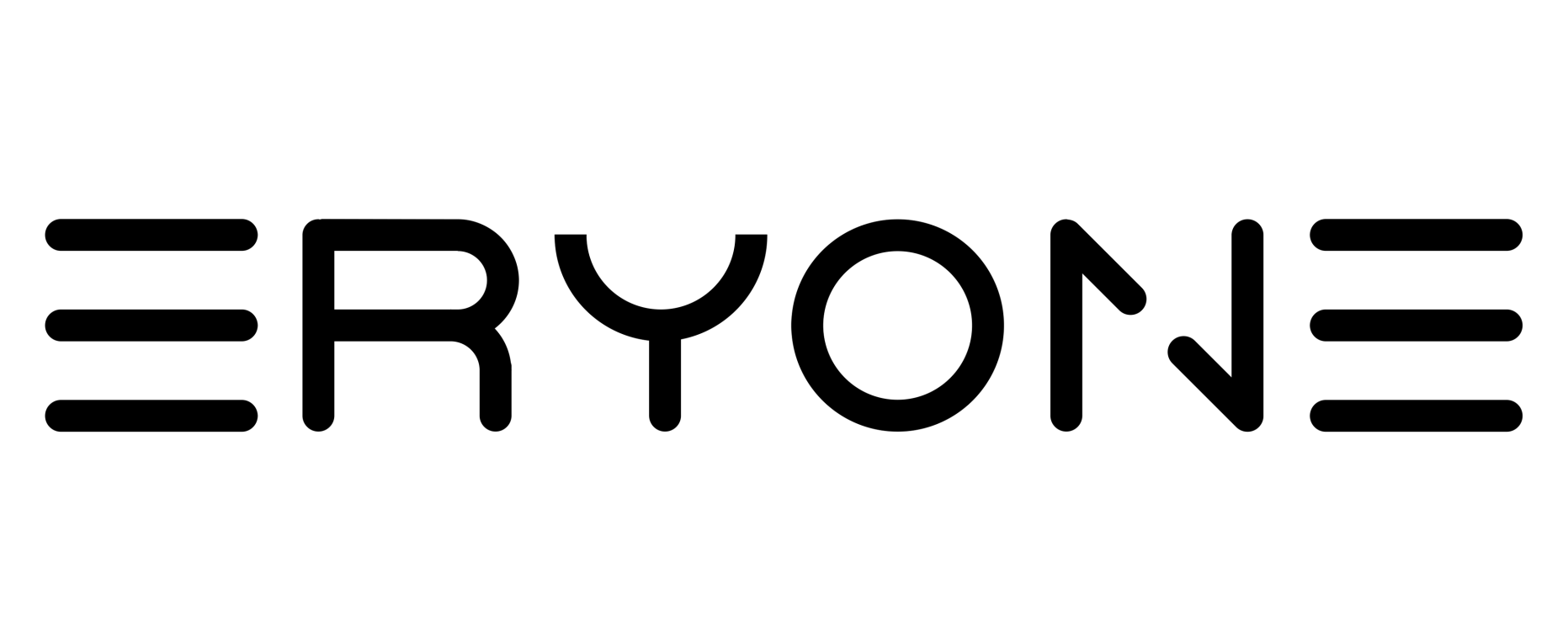ERYONE/Cperprise Pack x10 PLA 1kg each +FREE SHIPPING(MOQ:10rolls can mix color)
10+ rolls, from €12 per roll. Explore Bulk Sale.
Product specifications
| Printing Speed | N/A |
|---|---|
| Nozzle temperature | N/A |
| Build plate temperature | N/A |
PLA vs PLA+ vs PETG: Testing Eryone filaments from mechanical strength aspect

Feature:
- Environmentally friendly, no odor, nontoxic.
- High intensity, bright and clear color.
- Low shrinking percentage and hardly curl.
- Suitable for 99% common-used FDM 3D printers.
Specifications:
- Filament Diameter: 1.75mm
- Tolerance: ±0.03mm
- Printing temperature: 190°C-220°C
- Heated bed temperature: 55-70°C
- Printing Speed: 30-100mm/s
showcase:



FAQ
1.Q: Can PLA be used to print tableware?
A: Not recommended. Although PLA is degradable, food-grade raw material, the PLA with toner is non-food grade. If you really want to print a set of tableware, transparent PLA is suggested.
2.Q: The nozzle is clogged by PLA, and how can I solve it?
A: Inconstant filament diameter, the lower nozzle temperature and frequent replacement with different kinds of filaments will lead to this problem. So, before you get started, clean the nozzle and turn up the temperature to a proper value.
3.Q: My prints have web-like strings (stringing) issues. How can I troubleshoot it?
A: Too high temperature makes the PLA filament melt and flow so almost. Please turn the temperature down to a proper value.
The retracting parameters are improper, so adjust the retracting length and speed.
4.Q: There are too much melted filament around the nozzle. What should I do?
A: This problem can be attributed to over-high temperature, low printing speed, and in the slice software, the nozzle diameter doesn't match with the extrusion output.
5.Q: The PLA filament was perfect when I opened the package. After several times of intermittent printing, my PLA filament snaps by accident during printing. Why?
A: Normally, the PLA filament in the printing process will not snap by itself. However, after being affected by moisture, the degradable material PLA will be more brittle and easier to break, so you should pay attention to dampproof.
6.Q: The surface of my print isn't very smooth, and the extruded filament has inconstant diameters. Why?
A: The printing temperature is too high or too low. The temperature doesn't match well with the printing speed. You need to adjust the printing speed or temperature.
7.Q: Why my PLA-printed objects don't stick to the heated bed? How do I solve?
A: The distance between the nozzle and the bed is too far. Make sure your heated bed is leveled and it's clean. Then judge if the printing temperature and heated bed temperature are too low, and our customers should adjust them to correct ranges.

ERYONE PLA Filaments
PLA filament is stable at processing temperatures of 190~220℃. glossy, comfortable to the touch, easy of use, very suitable for beginners.

Dimensional Accuracy & Consistency
Strict tolerances guarantee these PLA filaments 1.75 mm diameter much smoother and more stable printing with the dimensional accuracy of +/- 0.03 mm, 1 kg cardboard spool (2.2lbs).

PLA Carbon-Fiber Filament Visual Appeal
Eryone's 1.75 mm PLA carbon fiber filament showcases a distinctive carbon fiber look and matte finish, enhancing the uniqueness of your 3D printed creations.

PLA Carbon-Fiber Filament Material Composition
With 20% carbon fiber integrated into the PLA base, this filament offers enhanced strength and durability. For the best printing results, a 0.6mm hardened nozzle is recommended.
FAQs
What is the minimum order quantity for PLA & Carbon Fiber PLA Filament?
The minimum order quantity (MOQ) is 10 rolls. You can mix different types of PLA filaments within the order.
How does Carbon Fiber PLA differ from regular PLA?
Carbon Fiber PLA has anti - static properties, lower shrinkage, and less warping. It also provides superior strength, stiffness, and a matte finish, ideal for high - strength models.
Is this filament suitable for beginner 3D printers?
Yes, regular PLA is very beginner - friendly with easy printing, low shrinkage, and excellent layer bonding. Both types are compatible with 99% of 3D FDM printers on the market.
What are the recommended printing settings for these filaments?
The printing temperature should be set between 190 - 220℃, the heated bed temperature at 55 - 70°C, and the recommended print speed is 30 - 100m. For best results, 210 - 220℃ is the recommended printing temperature.

















































































































































